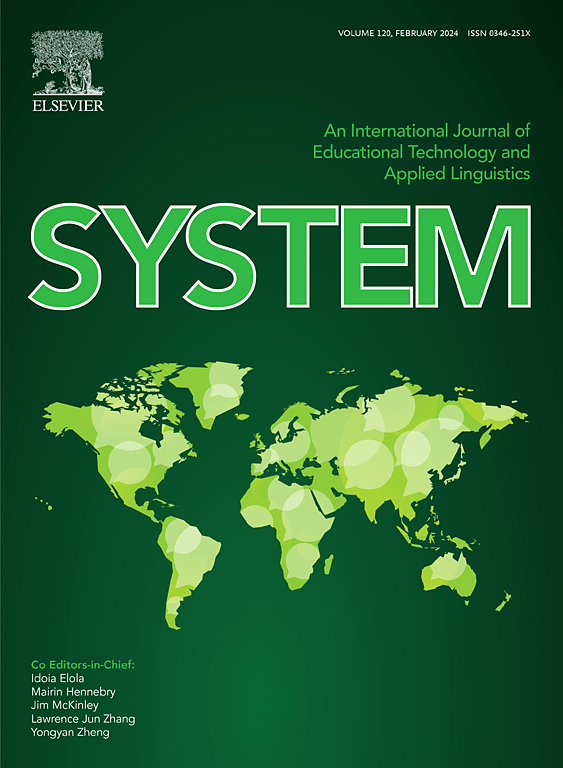Mechanisms of high-glucose-induced mitochondrial damage and glycolipid accumulation in largemouth bass
IF 6.5
1区 农林科学
Q1 Agricultural and Biological Sciences
引用次数: 0
Abstract
The carnivorous fish, largemouth bass (Micropterus salmoides), has difficulty metabolizing dietary carbohydrates, frequently resulting in issues with energy metabolism and fatty liver disease. Nevertheless, the molecular mechanisms involved are still not fully understood. The results of high-carbohydrate (HC) diets and high-glucose (HG) treatments in largemouth bass hepatocytes showed that high-glucose causes liver damage and glycolipid accumulation. High-glucose promoted the lipogenesis process by activating AMPK/ACC/SREBP-1 pathway and reduced bile acid synthesis by downregulating cholesterol 7-hydroxylase (cyp7a1) and sterol 12-hydroxylase (cyp8b1). Concurrently, HG treatments also caused mitochondrial fission and damage by increasing the expression of dynamin-related protein 1 (Drp1), leading to impaired mitochondria accumulation and mitochondria-dependent apoptosis via the p38 MAPK/Bcl-2/Casp3 pathway. Additionally, HG treatments decreased Sirt1 expression and relocated it from the nucleus to the cytoplasm, where it interacts with autophagosomes and lysosomes, inhibiting Pink1/Parkin-mediated mitophagy. This also led to the cytoplasmic translocation of Pink1 and its co-localization with Sirt1, indicating that Sirt1 regulates high glucose-induced metabolic stress by inhibiting the Pink1/Parkin mitophagy pathway. In summary, HG treatment induces mitochondrial damage and glycolipid accumulation in largemouth bass through mechanisms involving AMPK/SREBP1/ACC1-mediated lipogenesis, bile acid metabolism, Sirt-mediated mitophagy, and p38 MAPK/Bcl-2/Casp3-activated apoptosis.高糖诱导的大口黑鲈线粒体损伤和糖脂积累机制
大口黑鲈(Micropterus salmoides)是一种肉食性鱼类,它很难代谢饮食中的碳水化合物,经常导致能量代谢问题和脂肪肝疾病。然而,所涉及的分子机制仍未完全了解。高碳水化合物(HC)饲粮和高糖(HG)处理对大口黑鲈肝细胞的影响表明,高糖可引起肝损伤和糖脂积累。高糖通过激活AMPK/ACC/SREBP-1通路促进脂肪生成过程,通过下调胆固醇7-羟化酶(cyp7a1)和甾醇12-羟化酶(cyp8b1)减少胆汁酸合成。同时,HG处理还通过增加动力蛋白相关蛋白1 (Drp1)的表达引起线粒体分裂和损伤,通过p38 MAPK/Bcl-2/Casp3途径导致线粒体积累受损和线粒体依赖性凋亡。此外,HG处理降低了Sirt1的表达,并将其从细胞核转移到细胞质中,在那里它与自噬体和溶酶体相互作用,抑制Pink1/帕金森介导的有丝分裂。这也导致了Pink1的细胞质易位及其与Sirt1的共定位,表明Sirt1通过抑制Pink1/Parkin有丝分裂途径调节高糖诱导的代谢应激。综上所述,HG处理通过AMPK/SREBP1/ acc1介导的脂肪生成、胆酸代谢、sirt介导的线粒体自噬和p38 MAPK/Bcl-2/ casp3激活的细胞凋亡等机制诱导大口黑鲈线粒体损伤和糖脂积累。
本文章由计算机程序翻译,如有差异,请以英文原文为准。
求助全文
约1分钟内获得全文
求助全文
来源期刊

Journal of Animal Science and Biotechnology
AGRICULTURE, DAIRY & ANIMAL SCIENCE-
CiteScore
9.90
自引率
2.90%
发文量
822
审稿时长
17 weeks
期刊介绍:
Journal of Animal Science and Biotechnology is an open access, peer-reviewed journal that encompasses all aspects of animal science and biotechnology. That includes domestic animal production, animal genetics and breeding, animal reproduction and physiology, animal nutrition and biochemistry, feed processing technology and bioevaluation, animal biotechnology, and meat science.
 求助内容:
求助内容: 应助结果提醒方式:
应助结果提醒方式:


